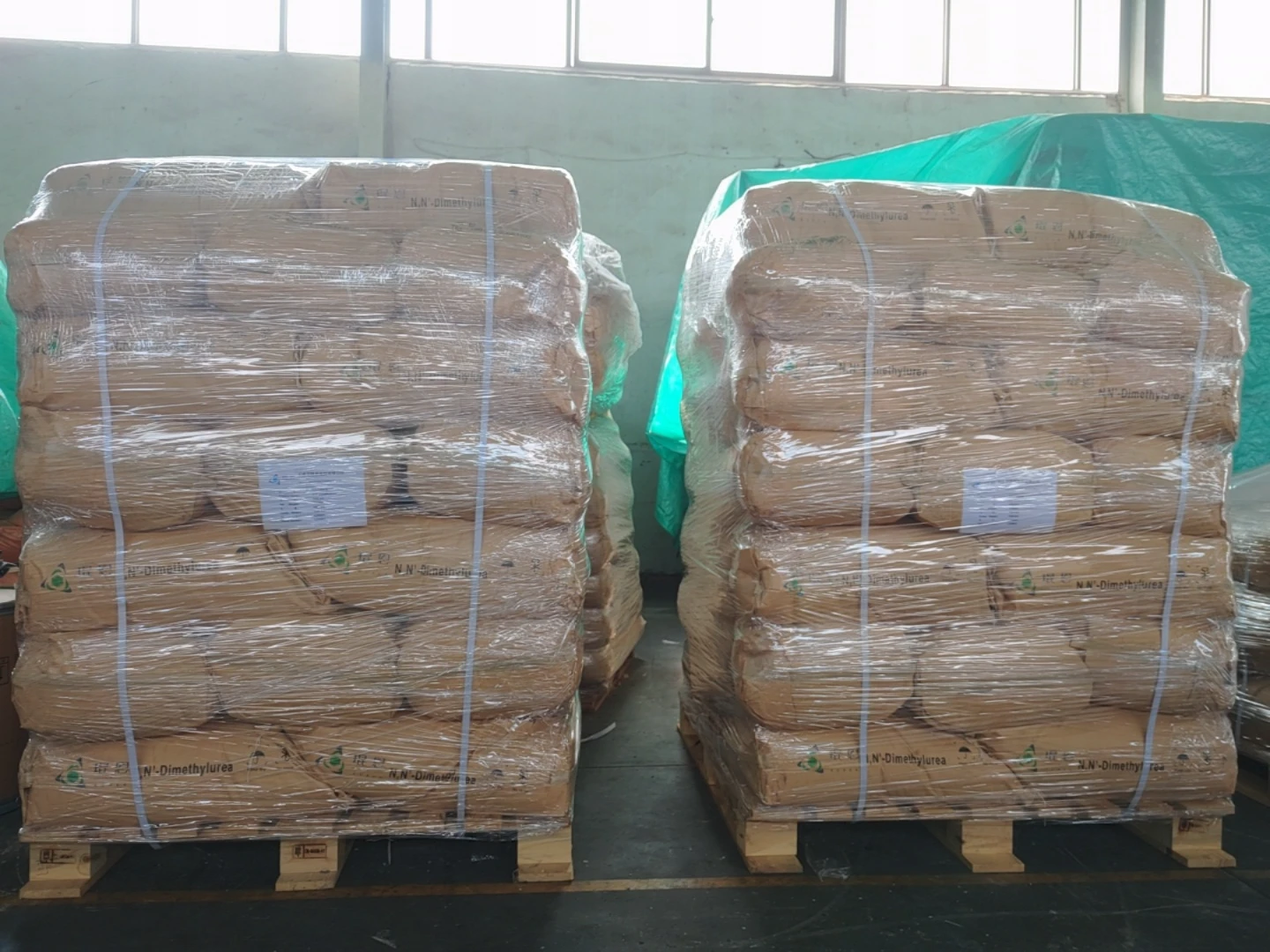Understanding Water Treatment Chemicals Key Names and Their Functions
Water treatment is an essential process that ensures safe and clean water for various uses, including drinking, agricultural, and industrial purposes. At the heart of this process are various chemicals designed to purify water, remove contaminants, and make it safe for consumption and use. In this article, we will explore some of the most commonly used water treatment chemicals, their names, and their functions.
1. Chlorine
Chlorine is one of the most widely used chemicals in water treatment. It serves a critical role in disinfection, killing bacteria, viruses, and other pathogens that can contaminate water. Chlorine can be added in gaseous form, as a liquid, or as granular calcium hypochlorite. Its effectiveness as a disinfectant, affordability, and ease of use make it a staple in municipal water treatment facilities.
2. Chloramine
Chloramine, produced by the reaction of ammonia with chlorine, is another disinfection agent. It is used as an alternative to chlorine because it forms fewer byproducts, which can be harmful environmental pollutants. Chloramine is particularly beneficial in providing longer-lasting disinfection when water travels through pipes, making it ideal for maintaining water quality over extended distances.
3. Aluminum Sulfate (Alum)
Aluminum sulfate, commonly referred to as alum, is primarily used as a coagulant in water treatment. It helps to remove suspended solids and turbidity from water by causing particles to clump together (coagulation) and settle out. This process not only clarifies the water but also aids in the removal of other contaminants, making it an essential chemical in the preliminary stages of water treatment.
4. Sodium Hydroxide
Sodium hydroxide is used to adjust the pH of water, ensuring it is neither too acidic nor too alkaline. Maintaining the proper pH is critical because it affects the solubility of heavy metals and the efficiency of other treatment chemicals. An optimal pH level also assures better disinfection processes and helps to protect the plumbing systems from corrosion.
water treatment chemicals names

5. Activated Carbon
Although not a chemical in the traditional sense, activated carbon is a crucial component in water treatment. It is used for adsorption, where impurities stick to the surface of the activated carbon granules. This process effectively removes organic compounds, chlorine, and odor from water, resulting in improved taste and quality.
6. Calcium Hypochlorite
Calcium hypochlorite is another chlorine compound used for disinfection in both municipal and recreational water systems (such as swimming pools). It is valued for its stability and effectiveness in sanitizing water. When dissolved in water, it releases chlorine, effectively killing harmful microorganisms.
7. Ozone
Ozone (O3) is a powerful oxidizing agent, used for disinfection and treatment of water. It is one of the most effective disinfectants available, often regarded as an environmentally friendly alternative to chlorine due to its ability to leave no harmful residues. Ozone treatment can remove taste and odor, as well as decompose organic contaminants without leaving byproducts.
8. Phosphates
Phosphates are commonly added to water treatment systems to inhibit scale formation and corrosion in pipes and equipment. By doing so, they protect water distribution systems and ensure longevity, which is especially crucial in municipal water treatment infrastructures.
Conclusion
In summary, water treatment chemicals play a vital role in ensuring that the water we consume is safe and clean. From disinfection to pH adjustment, each chemical has specific functions essential to the overall purification process. Understanding these chemicals and their roles helps us appreciate the complexity and importance of water treatment in maintaining public health and environmental sustainability. As technology and methods evolve, the use of these chemicals will continue to be paramount in the quest for safe drinking water.

